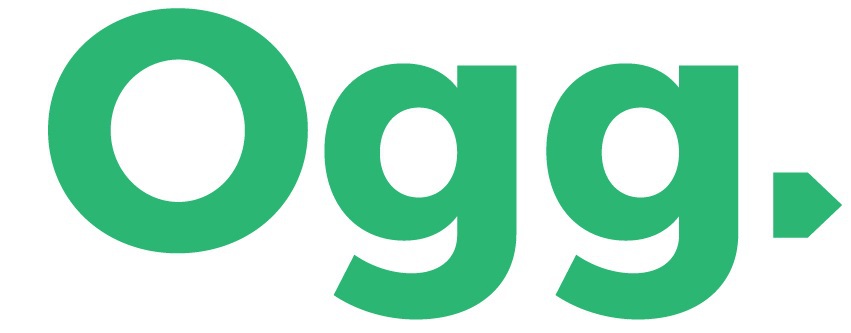
Does SaaS save money? Traditional vendors of IT products and services sometimes argue that systems deployed on-premise are more cost-effective over the long run than their SaaS counterparts.
They claim that while licensed software may have higher acquisition costs, they are amortised over a fixed time period in contrast to Software-as-Service or SaaS, subscription fees, which continue for the life of the offering in the form of recurring per-user fees.
Cloud providers, on the other hand, argue that the upfront savings are significant and that, in any event, the real benefits of SaaS are not in direct cost savings but in the strategic advantages that the cloud brings to the organisation. Which side is correct?
The answer is not an academic exercise. For organisations to make intelligent decisions regarding the cloud, it is important to understand the relative costs of SaaS vs. on-premise systems.
Based on a survey of organisations that have fully or largely migrated to the cloud, NetSuite found that such organisations save on average more than 20% in IT spending as a percentage of revenue.
“We looked at on-premise software providers, but they all seemed overly complicated and difficult to deploy. For me and the tech team, what stood out was that NetSuite had the power to go well beyond other products. We saw a roadmap of development that took us into functionality that we could take advantage of and scale with.” – Eliot Martin, AbilityNet Operations Director.
Savings measured on a per-user basis are 16%. Savings come not only from a reduction in data centre spending but also from lower IT personnel costs. Moreover, because the cloud reduces the effort needed for ongoing support, cloud users are able to devote a higher percentage of their IT spending to new initiatives.
The cost savings, combined with strategic benefits in speed, scalability and agility, argue in favour of organisations moving aggressively to the cloud.
How SaaS saves you money
Cloud users show a significant reduction in data centre spending. The industry average shows 11.7% of the IT budget allocated to data centre spending, while cloud users only spend 7.0% of their IT budget on data centre infrastructure.
This percentage is not zero because many of cloud users still have some on-premise systems. Cloud providers can deliver these services less expensively because they pool computing resources for many customers, realising economies of scale that few organisations can attain on their own.
Cloud users also achieve significant savings in IT personnel expenses. IT staff compensation is the largest line item in the typical IT budget, at 42.3%. But cloud users only allocate 30.9% of their IT spending to personnel.
Modern cloud applications generally provide capabilities for the customer or implementation partner to tailor the software to specific customer needs. In some cases, customers can build extensions or entire custom applications using the vendor’s PaaS capabilities.
Because such customisations or extensions generally carry forward with new versions of the system, they do not drive the same level of support requirements as is the case with modifications to traditional on-premise software.
Overview

To find out just how much money you can save by switching to cloud get in touch for a free consultation


